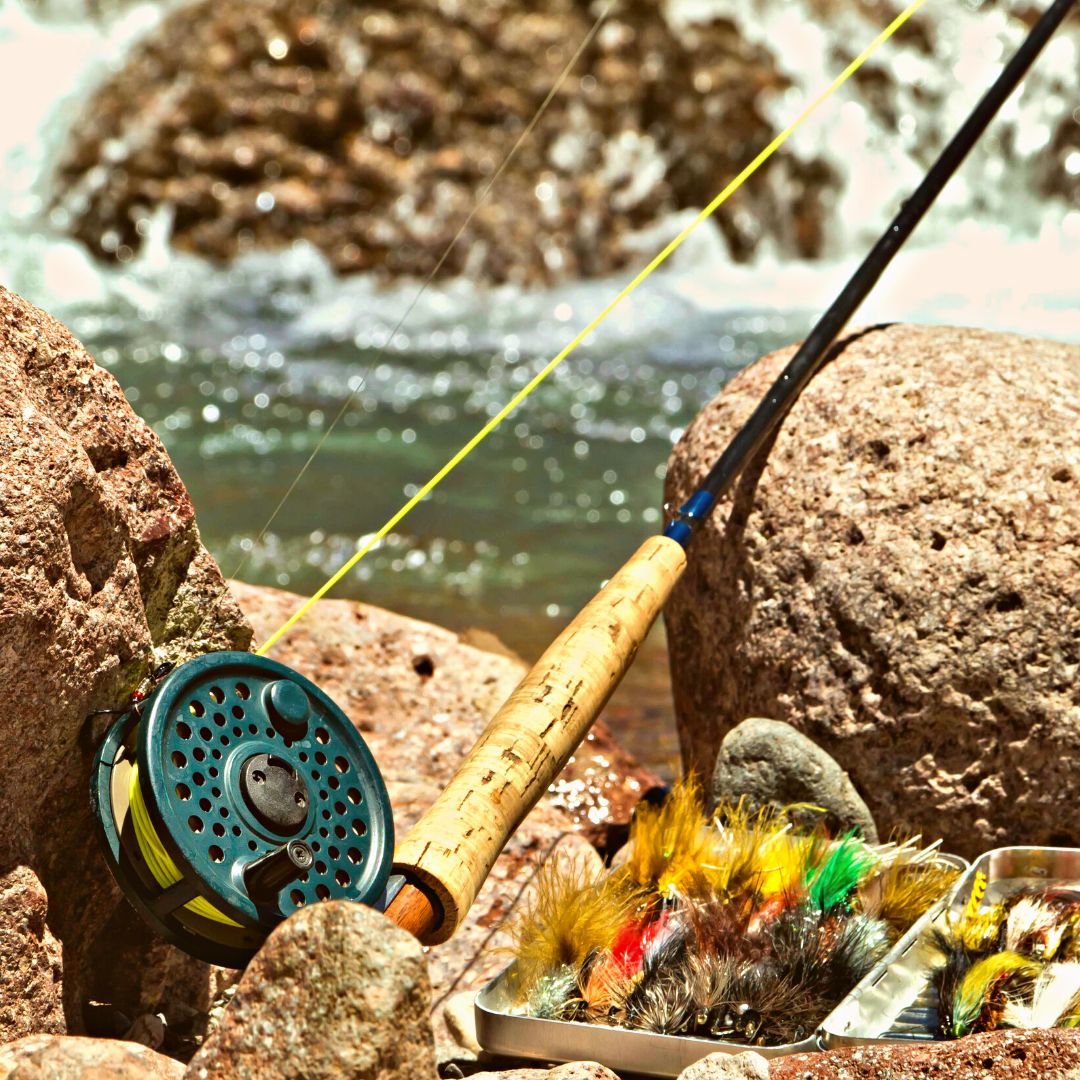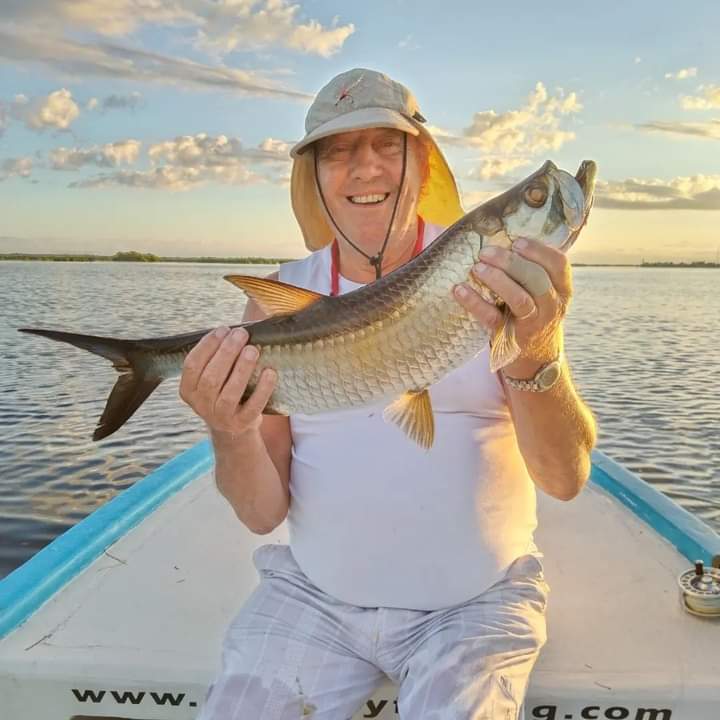Those who have already adventured into tarpon fishing know all the work and knowledge it requires, which is why with the more information you get, your chances of tracking and tricking them into biting a hook are better.
Although tarpon is relatively easy to find, catching them is not so much, this fish like most are quite selective about what they eat, so in the following article, we’ll share with you some tips to create the ultimate fly for Tarpon.
Facts About Tarpon
The Tarpon, also known as “silver king” can be found in the broad ocean, among coral reefs, and in some freshwater lakes and rivers. Their vision is incredibly sensitive which is why they will mostly be found in the shadows since this helps them to have an even greater vision of their target.
They have a tapetum, a layer of cells on the rear of their big eyes, which acts as a reflective tape, so when feeding at night or in low-light environments like murky water, this “reflective tape” gives them a visual advantage, which is why very bright colors and reflective materials will always catch their sight.
The Perfect Fly
Although Tarpons are toothless and they swallow their prey whole, their mouth is primarily hard, boney, and rough like sandpaper, so most flies used on them are ripped and left unusable, which is why most fishermen prefer to buy already-made flies, but making your own has an advantage.
Fishermen call this Match The Hatch and basically, it refers to creating a fly that is very similar to what the fish is actually interested in eating. Buying a regular fly online or in a store is not a bad choice but it’s better to buy your own fly-tying materials and create one from scratch, to adapt to the fishes likes, it will take you a little longer than buying one, but the chances of increasing your catch are great.
Now, how exactly do we know how to make it? Well, there are lots of colors, and each causes a particular effect, for example, darker colors create great contrast when the water is a little bit off, the red helps to show the fish’s gill plate, and transparent with reflective materials are quite a favorite of Tarpon because it shines a lot.
Another very famous among fishers for fly fishing freshwater and saltwater species was created by the angler Lefty Kreh; The “Deceiver” is an artificial fly streamer pattern made out of three specific colors: red, neon green, and white. The original fly was tied to resemble smelt, a common striped bass food, and many fishermen that have tried this out claim that this pattern has brought them luck and is arguably one of their favorites.
Also, a very important thing about creating a fly is to be careful about its length, if the fly is bigger than what these fishes eat they won’t be interested at all, so carrying a pair of scissors to adapt the fly is a good choice.
The greatest thing about making one from scratch apart from improving your tarpon fishing is that you can be as creative as you want, there is no need to stick to a pattern, so it becomes more fun.
Actually, if you are seeking the ideal location for tarpon fishing and putting all of this to the test, about 3 hours from Mérida, San Felipe in Yucatan is actually one of the world’s richest sites for young tarpon. You can see a lot of baby tarpon or juvenile tarpons that can weigh between 5 and 25 pounds at the “Reserva de la Biósfera de Ria Lagartos.” The best part is that since tarpon is a local fish, you can see them at any time of the year.
Scroll through our Instagram and check out all the incredible tips and trips the Mena Fly Fishing crew offers.


